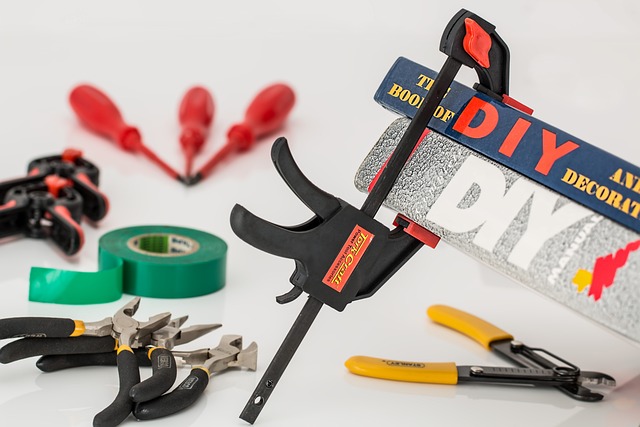Transform Your Space: A Comprehensive Guide to DIY Home Improvement
Are you tired of living in a space that doesn’t reflect your personal style? Do you want to add value to your property without breaking the bank? DIY home improvement is the answer. With a little creativity and some elbow grease, you can transform your home into a beautiful, functional, and welcoming space that you’ll love for years to come.
Benefits of DIY Home Improvement
Whether you’re a seasoned DIYer or a beginner, there are many benefits to tackling home improvement projects on your own. Some of the most significant advantages include:
- Cost savings: By doing the work yourself, you can save money on labor costs, which can add up quickly.
- Personalization: DIY home improvement allows you to put your own personal touch on your space, making it truly unique.
- Increased property value: Many DIY home improvement projects can increase the value of your property, making it more attractive to potential buyers.
- Sense of accomplishment: Completing a DIY project can give you a sense of pride and accomplishment, boosting your confidence and motivation.
Getting Started: Essential Tools and Materials
Before you can start on any DIY home improvement project, you’ll need to gather the necessary tools and materials. Some essentials include:
- Hammer
- Tape measure
- Level
- Drill
- Paintbrushes and rollers
- Sandpaper
- Power tools (such as a saw or impact driver)
- Multipurpose adhesive
- Drop cloths and tarps
In addition to these basic tools, you’ll also need to source materials for your specific project. This may include lumber, drywall, tile, paint, or other specialized materials.
Easy DIY Home Improvement Projects for Beginners
If you’re new to DIY home improvement, it’s best to start with simple projects that can help you build confidence and skills. Some great options for beginners include:
- Painting a room: A fresh coat of paint can completely transform a space and is a great way to start with DIY home improvement.
- Updating lighting fixtures: Replacing old lighting fixtures with new ones can make a big impact on the look and feel of your home.
- Installing new hardware: Replacing outdated cabinet hardware or door handles can add a touch of style and elegance to your home.
- Building a simple shelving unit: Using prefabricated shelves or building one from scratch can add storage and functionality to any room.
- Refinishing a piece of furniture: Give new life to an old piece of furniture by sanding and refinishing it.
Advanced DIY Home Improvement Projects for Experienced DIYers
Once you’ve honed your DIY skills, you may be ready to tackle more advanced projects. Some great options for experienced DIYers include:
- Tiling a bathroom or kitchen: Installing tile can be a challenging but rewarding project that adds beauty and functionality to your home.
- Building a deck or patio: Creating an outdoor living space can expand your home’s functionality and add value to your property.
- Installing new flooring: Replacing old flooring with new hardwood, laminate, or tile can make a big impact on the look and feel of your home.
- Renovating a kitchen or bathroom: These projects require more advanced skills and materials, but can completely transform the functionality and style of your home.
- Adding insulation to your attic or walls: This project can help improve your home’s energy efficiency and reduce your energy bills.
Safety Considerations for DIY Home Improvement
When tackling any DIY home improvement project, safety should be your top priority. Some essential safety considerations to keep in mind include:
- Wearing protective gear: Safety glasses, gloves, and a dust mask can help protect you from debris and dust.
- Using power tools safely: Always follow the manufacturer’s instructions and take necessary precautions to avoid injury.
- Working at heights: Use a ladder or scaffolding to ensure a safe and stable working position.
- Electricity and plumbing safety: Shut off power and water to the area you’re working in to avoid shock or flooding.
- Getting help when needed: Don’t be afraid to ask for help if you’re unsure about any aspect of your project.
Conclusion
DIY home improvement can be a fun and rewarding way to transform your space and add value to your property. By gathering the necessary tools and materials, starting with simple projects, and gradually working your way up to more advanced tasks, you can become a proficient DIYer. Remember to always prioritize safety and seek help when needed. Happy renovating!



